How Does Experiential Marketing Impact Consumer Engagement at Events?
Personal experience has always been the best way to learn or get familiar with something. That’s one of the many reasons why experiential marketing...
5 min read
Craftsmen Industries May 26, 2023 2:06:00 PM
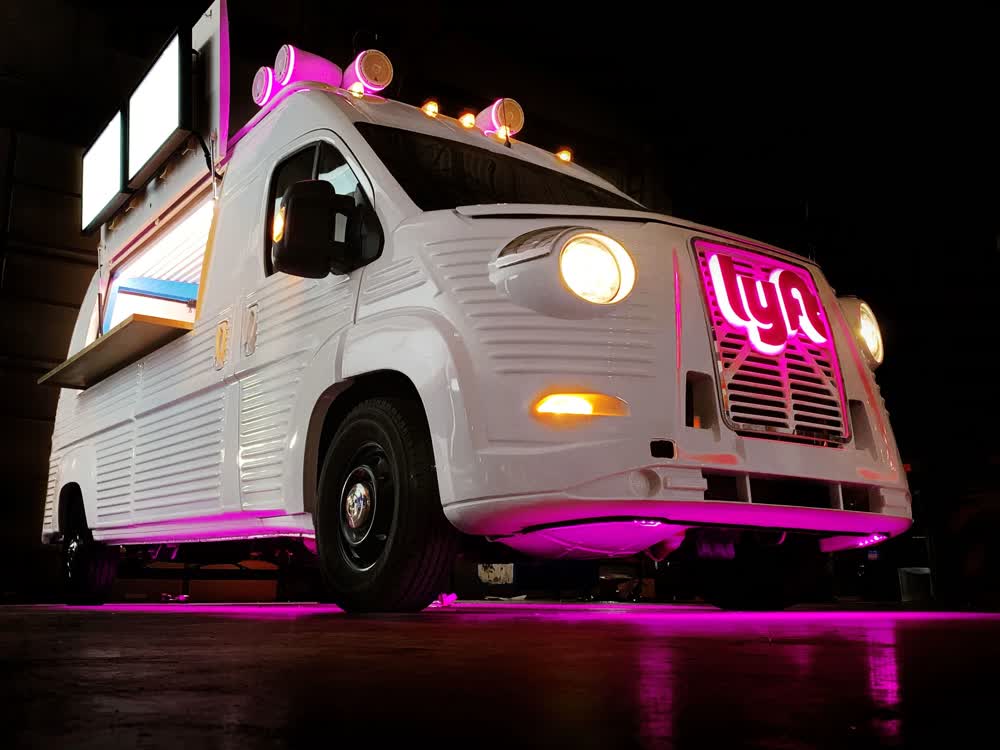
In today's fast-paced advertising and marketing world, companies always seek new and innovative ways to engage with their target audience. One approach that gained popularity in recent years is some of the types of experiential marketing.
This is not a traditional advertising method. Instead, experiential marketing focuses on creating immersive and memorable experiences that wake people's senses. We mean pop-up events, interactive installations, product demos, billboards, food trucks, etc.
If you want to improve your marketing strategy, read below to learn about the different ways you can use experiential marketing and target your audience in a meaningful and fun way.
Experiential marketing is a marketing strategy that provides a better brand experience. Instead of relying on traditional advertising methods such as print, television, or radio ads, experiential marketing creates interactive and memorable consumer experiences.
These experiences can take many forms, such as pop-up events, product demonstrations, immersive installations, or live performances.
Experiential marketing aims to connect the consumer and your brand, leading to increased brand loyalty, word-of-mouth marketing, and sales.
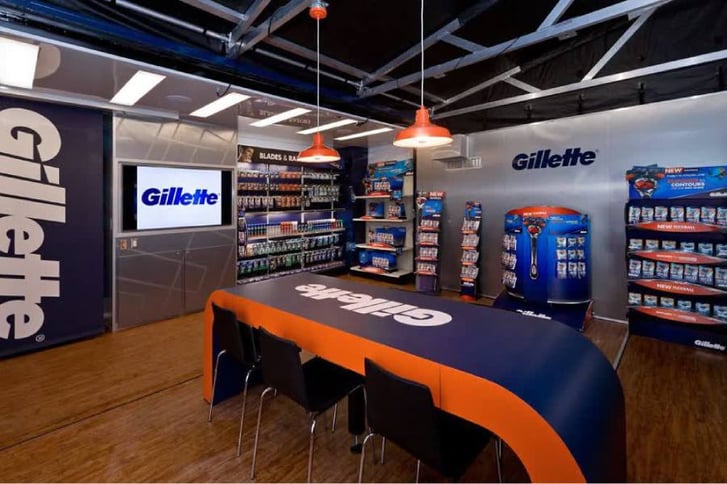
There are many ways you can engage clients through experiential marketing. Keep in mind that this marketing type is about making people recognize and remember your product, logo, and service.
Here are some types of experiential marketing that can benefit your business:
Also, you can take your pop-up event to the next level by getting a customized mobile marketing trailer and bringing all your tools, costumes, and promotional material everywhere you wish.
Let's say you run a dog accessories business. Find a prominent location, for example, near a dog park, and place your experiential trailer there.
You can even wear a dog costume with the most popular accessories to leave a stronger impression. Next, target pet owners and discuss their complaints and wishes about dog accessories.
Finally, give everyone a discount code and invite them to your stores, and for the dogs, bring lots of treats and free toys.
Now, that is what we call a good pop-up event!
One of the types of experiential marketing is point-of-purchase (POP) marketing. POP marketing involves creating an engaging and visually appealing display or promotion when the consumer is purchasing.
POP marketing can take many forms, including in-store displays, product packaging, coupons, and other promotional materials. It aims to capture consumers' attention and encourage them to purchase.
For example, if you sell kitchen appliances, you could create an interactive display that allows consumers to test out different appliances and see how they work.
Moreover, you run a chain of restaurants but want to introduce your recipes to more people around the country. Then, you should get a custom mobile kitchen and promote your best recipes to a wider audience.
Another way to incorporate POP marketing into an experiential marketing campaign is through packaging. A product's packaging is the first thing a consumer sees, which can significantly impact their purchasing decision.
For example, a beverage company could create a limited edition packaging design with an interactive element, such as a QR code unlocking exclusive content or a game.
Product demos allow consumers to get up close and personal with a product. They are often used to launch new products or showcase an existing product's features and benefits. Product demos can take many forms, from in-store demonstrations to online videos and virtual events.
One of the key benefits of product demos as part of experiential marketing is that they allow consumers to experience the product first-hand. This can be effective for complex products or unique features that are difficult to convey through traditional marketing channels.
By allowing consumers to try a product for themselves, product demos can help to build trust and credibility.
After all, consumers are more likely to believe in the quality and value of a product if they have a chance to see it in action and experience it for themselves.
Festivals have become an increasingly popular venue for experiential marketing. Whether it's a music festival, food festival, or cultural celebration, festivals offer a unique opportunity for brands to connect with their target audience creatively.
One of the main advantages of festivals as part of experiential marketing is that they attract large crowds of people already in a festive and open-minded mood.
A fair example of experiential marketing at a festival can be a food brand with a pop-up restaurant where festival-goers can try their latest products. Or, a clothing brand might create a photo booth where attendees can take pictures of their latest styles.
Furthermore, if you own a tattoo business, people can see your work and discuss your services in a mobile demonstration vehicle.
These types of activities not only create a fun and engaging experience for festival-goers, but they also help to build brand awareness.
Yes, immersive installations can be a type of experiential marketing. They often include interactive elements, like touchscreens, sound, and lighting effects, to create an engaging and immersive experience.
A good example of an immersive installation marketing strategy can be a makeup line promotion on a big touch screen where people can browse and get to know the specifics of your new products. Also, you can spice things up with customized event assets like a giant lipstick with your logo.
Kiosks can be found in many locations, such as shopping malls, airports, and public areas. They are designed to provide a self-service experience for customers and are often equipped with touchscreens.
Marketers see this as a great opportunity to promote a business because many people visit kiosks daily.
There are several types of kiosks used in experiential marketing:
No type of experiential marketing can go without social media, and influencers are the ones who lead the way through a successful social campaign.
These types of events involve bringing together influencers with a large social media following who are passionate about your brand or product. By hosting such an event, you can create a buzz around your brand and generate interest from a broader audience.
When planning an influencer event, ensure everything aligns with your brand's values and goals. Your event should be authentic and reflect your brand's personality. You can even add some custom prop fabrication that perfectly describes your business.
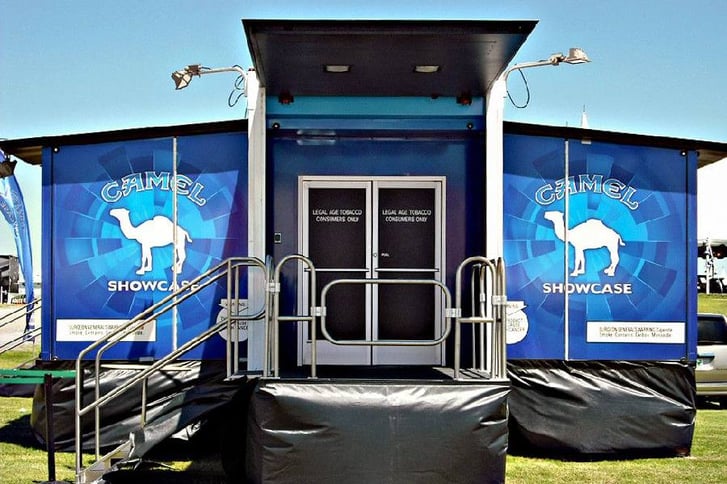
Now that you know the different types of experiential marketing, let's see what benefits will have your business from it:
Experiential marketing creates memorable experiences that stay with clients long after the promotion. This helps to increase brand awareness and gain popularity among customers.
By engaging clients in a sensory and emotional experience, experiential marketing helps to build an emotional connection between the client and the brand.
Experiential marketing is a highly interactive strategy. It allows clients to engage with the brand with their senses.
Experiential marketing often creates shareable moments that people like to share on social media. This can help to increase brand reach and engagement.
Experiential marketing is an essential strategy for brands looking to stand out in today's marketplace. It's a way for brands to engage with their target audiences in a meaningful and fun way.
Some types of experiential marketing include pop-up shops, interactive installations, kiosks, influencer collaborations, and social events. However, the key to success is creating authentic, relevant experiences that resonate with your audience's values and interests.
By embracing the power of experiential marketing, businesses can differentiate themselves from competitors and create deeper connections with their clients.
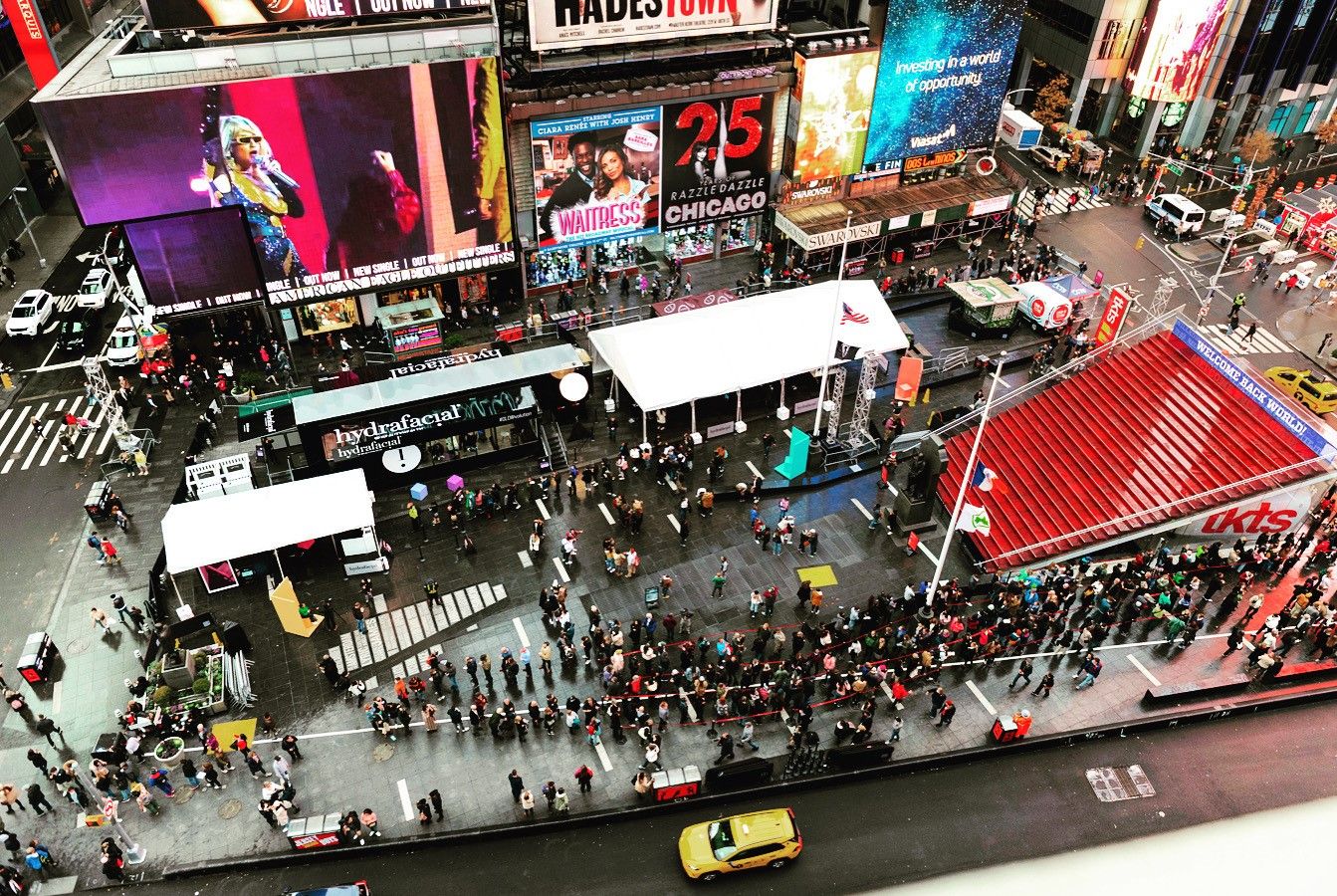
Personal experience has always been the best way to learn or get familiar with something. That’s one of the many reasons why experiential marketing...

Marketing is one of the most important aspects of running a successful business. Marketing brings awareness to your products or services, which can...
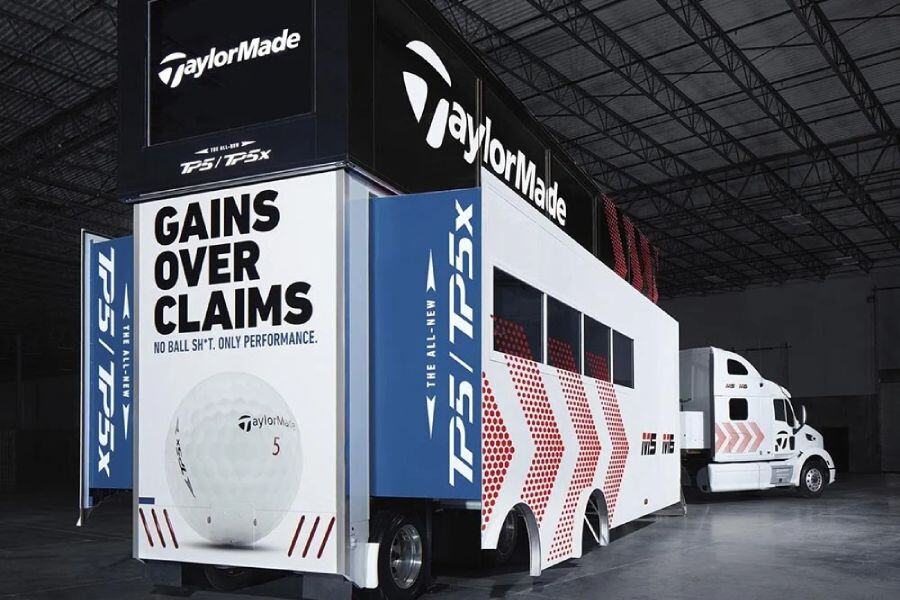
In today’s competitive marketing landscape, businesses use unique strategies to engage consumers and create memorable brand experiences. Experiential...